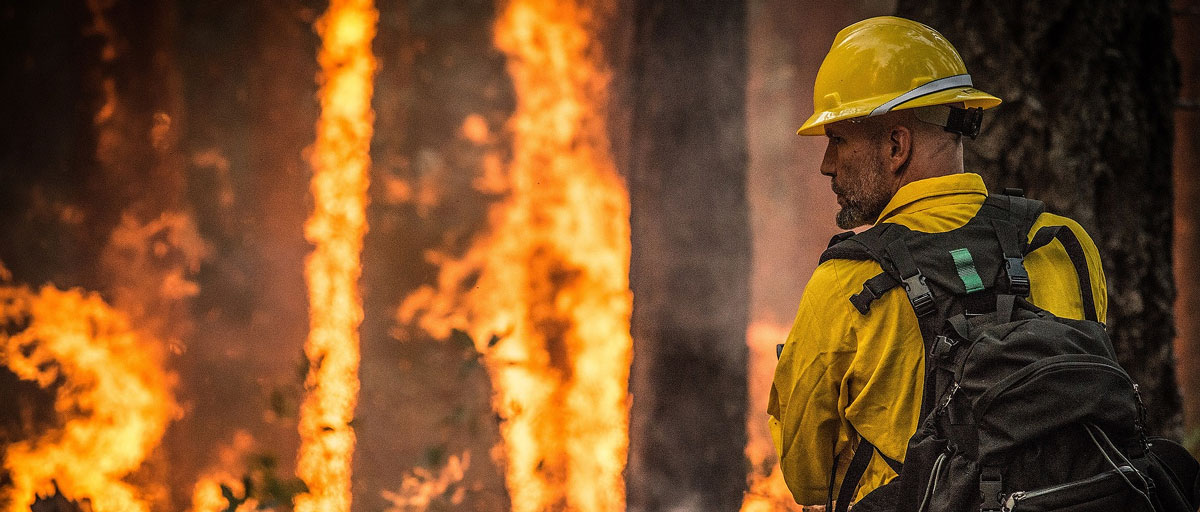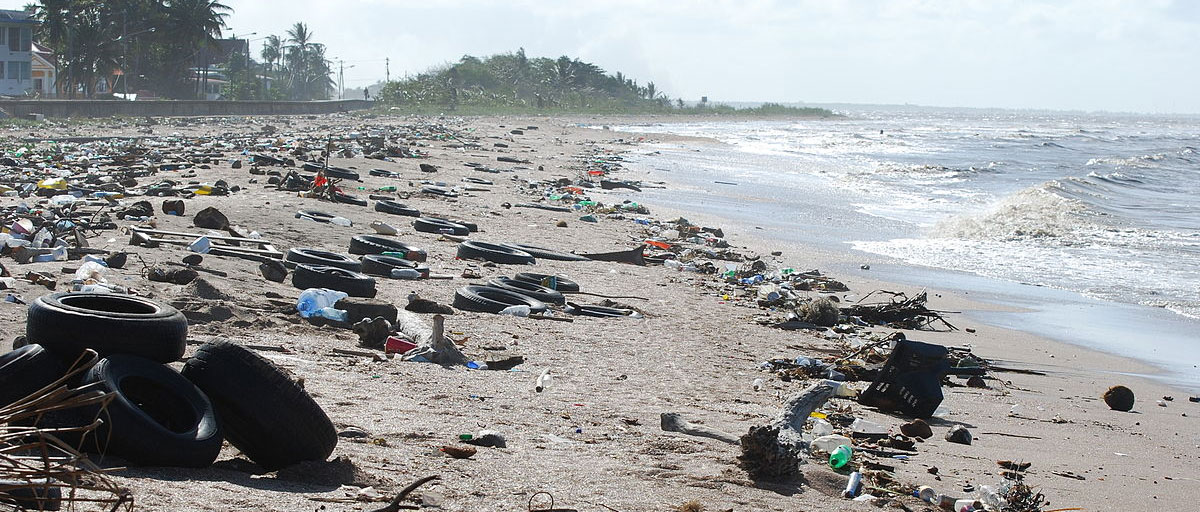Bildtext får vara max två rader text. Hela texten ska högerjusteras om den bara ska innehålla fotobyline! Photo: B. Christensen/Azote
Regime shifts
Adding realism to risks
New application adds realism to economic model that take into account probability of environmental risks
- New study introduces the concept of “inertia risk” to model catastrophic climate related and environmental risks with delayed impacts
- The concept is particularly appropriate for modelling risks associated with natural resources such as fisheries, grasslands and lakes
- It can help managers avoid taking more risk than necessary and give them more time to react before a catastrophe occurs
Climate change increases the risk of catastrophic regime shifts in ecosystems. Such large, abrupt and persistent changes tend to have substantial impacts on nature's production of services . But how do we best assess the risk of them to happen? Are the standard economic models of catastrophic risks realistic enough? Can they handle delayed impacts?
To answer these questions an article published in The Scandinavian Journal of Economics introduces “inertia risk”, a new way to model catastrophic risk, which the authors show is more appropriate for many real-world situations where the impacts of a risky event can occur long after the event itself.
The article is written by centre researcher Anne-Sophie Crépin, (also deputy director at the Beijer Institute of ecological economics), together with Eric Nævdal, Senior Research Fellow at The Frisch Center in Oslo, Norway.
This approach is particularly appropriate for modelling renewable resource stocks like fisheries, lakes, coral reefs, grasslands and global phenomena like planetary boundaries
Anne-Sophie Crépin, lead author
With inertia risk, the two authors introduce a more realistic probability model of how economic activity affects the likelihood of catastrophes. The decisions you face in any given circumstance can be limited by the decisions you made in the past and there are delays between cause and effect. By incorporating these aspects, their model includes more of the complexities and uncertainties that real natural and social systems tend to display.
Decision makers’ role
Crépin and Nævdal illustrate their approach with a model of climate change , in which changes in temperature cause the accumulation of environmental stress which may trigger catastrophes even after temperature has been stabilized. The model gives guidance to decision makers’ on how they should respond to the risk of a catastrophe occurring.
“Such risk structures are particularly relevant when studying problems of pollution release and resource exploitation, where human activities, besides producing welfare, may also affect the risk of the system making a critical transition to an alternate regime,” they write.
While Crépin and Nævdal focus on climate change in the new article, they also underline that the model they use could be applied to many different pollution problems with a risk of regime shift. For example, it could be used to analyse the impacts of carbon dioxide on ocean acidification, emission of gases affecting the ozone layer or the effect of nutrient pollution on a lake.
“In fact, we chose this set-up for its generality and its capacity to describe traits particular to systems subject to potential regime shifts in the literature,” they write.
More time to react
However, the authors also caution against using their approach to any kind of environmental problem. They acknowledge that there are problems for which it is less appropriate and discuss in detail to what extent the approach can be generalised. For example they discuss the limitations of their approach when it comes to really complicated resource management problems with many interacting factors that influence the risk of regime shifts to happen, but also suggest ways to solve this.
Nonetheless, by introducing inertia risk in their model the two authors add a more realistic and precautionary approach to analysing climate-related risks. Hence, managers who include this kind of an approach in their work might avoid taking more risk than necessary. It can also give them more time to react before a catastrophe occurs and even enable them to avert it.
Methodology
The study combines two of the most common approaches to modelling catastrophic risk in a dynamic setting: (time-distributed catastrophes ”TDC” and state-space distributed catastrophes ”SDC”). These risk structures imply that the catastrophe either occurs with probability one (TDC) or that the hazard rate is instantly responsive to changes in control variables (SDC). As these properties are inadequate for many real-world situations, the authors present an alternative risk structure they call inertia risk, which is a hybrid of both standard approaches. They apply the inertia risk structure to a simplified model that captures some basic features of many systems, including the climate, lakes, coral reefs and grasslands/savannah.
Crépin, A-S., Nævdal, E. 2019. Inertia Risk: Improving Economic Models of Catastrophes. The Scandinavian Journal of Economics https://doi.org/10.1111/sjoe.12381
Anne-Sophie Crépin's researches the interplay between economic incentives, ecosystem regime shifts, policy and human behaviour,











